| Structure | Name/CAS No. | Articles |
|---|---|---|
 |
sodium chloride
CAS:7647-14-5 |
|
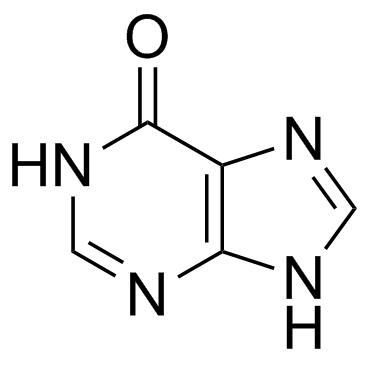 |
Hypoxanthine
CAS:68-94-0 |
|
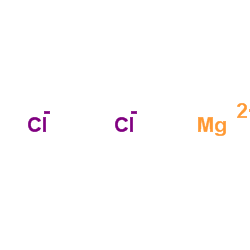 |
Magnesium choride
CAS:7786-30-3 |
|
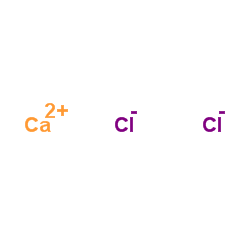 |
Calcium chloride
CAS:10043-52-4 |
|
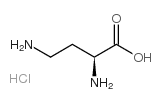 |
H-Dab.HCl
CAS:1482-98-0 |
|
 |
SODIUM CHLORIDE-35 CL
CAS:20510-55-8 |
|
 |
Guanine
CAS:73-40-5 |
|
 |
Ethylenediaminetetraacetic acid
CAS:60-00-4 |
|
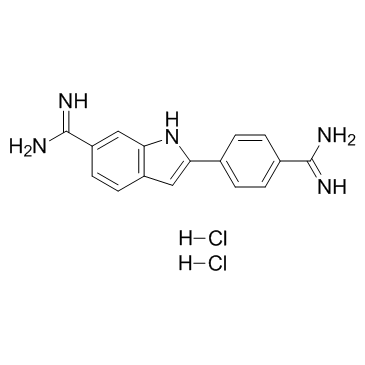 |
4',6-Diamidino-2-phenylindole dihydrochloride
CAS:28718-90-3 |
|
 |
calcium chloride dihydrate
CAS:10035-04-8 |